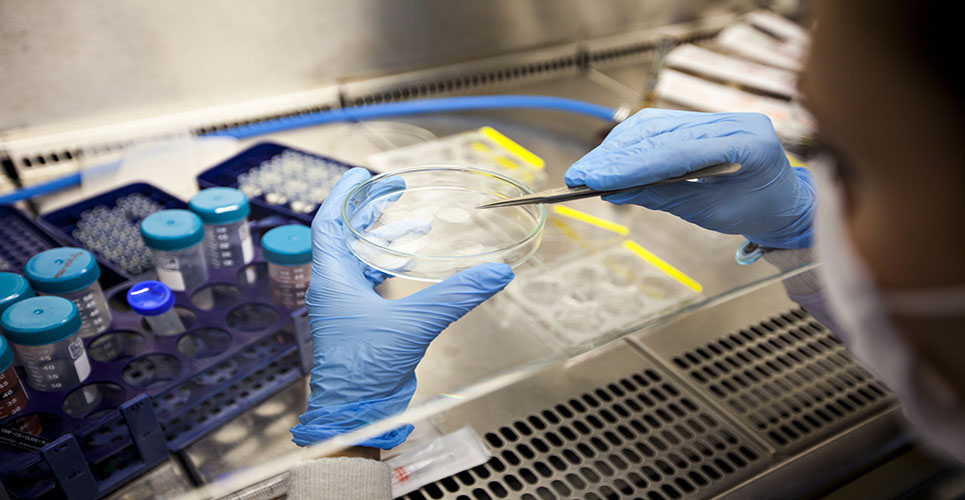teaser
American researchers have pioneered a new electric shock method to help AIDS sufferers respond better to specific types of experimental vaccines.
They found that electric shocks helped to deliver the vaccine more effectively by opening up cell membranes.
Three short electrical pulses were delivered when injecting the vaccine using a handgun-looking device.
The technique is known as electroporation and is hoped will prove especially beneficial when giving DNA vaccines. These type of vaccines use an infectious patient’s own genetic material to provoke an immune response.
Sandhya Vasan, of the Aaron Diamond AIDS Research Centre in New York, said: “With a brief pulse of electricity, our cell membrane temporarily opens up and allows a lot more of the DNA to get inside.
“The reason why DNA vaccines by themselves don’t trigger a powerful immune response is because most of it (DNA) does not get inside our cells.”
The study found that only 25% of patients developed any immune response when given the injection alone. But when electroporation was used alongside it the immune response presented as stronger.
The latest trials in 2007-2009 used an experimental DNA vaccine which was designed in 2001. It was relatively weak and used four genes from an AIDS virus evident in China.
Vasan presented the findings at a meeting in Paris of AIDS vaccine researchers.
She said: “We improved the response rate, improved the duration of the response and it also improved the breadth of the response.
“There were four different genes of the virus, for the highest dose, people were responding to three or even four of the genes.”
Copyright Press Association 2009

